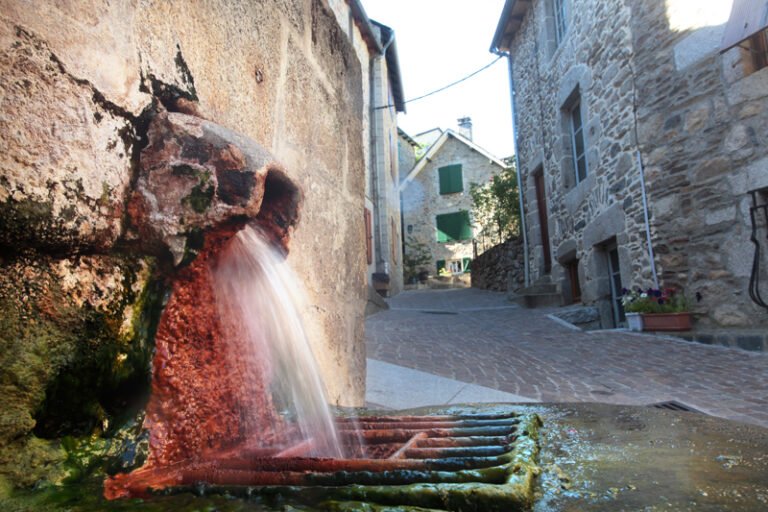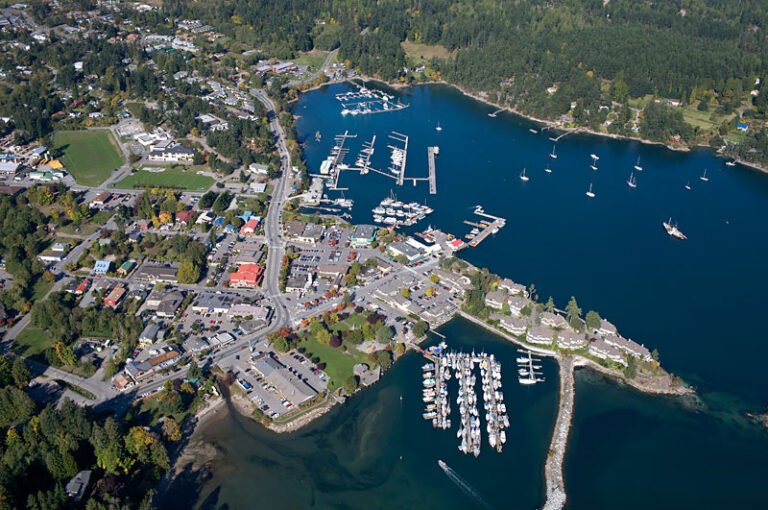Natural vs. Commercial Hot Springs: What’s the Difference?
Hot springs offer a unique way to unwind—warm, mineral-rich waters bubbling up from the earth, promising relaxation and healing. But not all hot springs are created equal. When planning your next soak, you’ll likely come across two main types: natural and commercial hot springs. While both provide a steamy escape, they offer very different experiences.
Here’s what sets them apart—and how to choose the right one for your adventure.
Natural Hot Springs: Raw and Untamed
Natural hot springs are geothermal pools found in the wild—untouched by development or very minimally altered. They’re often located deep in forests, mountains, or near rivers and require a bit of hiking or exploration to reach.
Pros of Natural Hot Springs
- Scenic Beauty: Surrounded by nature, natural hot springs offer a more immersive and peaceful experience.
- Free or Low-Cost: Most are completely free or may require a small fee for access to park lands or trails.
- Adventure Factor: Getting to a hidden spring feels like a rewarding journey, often away from the crowds.
Cons of Natural Hot Springs
- Limited Amenities: No restrooms, changing rooms, or trash disposal. You’ll need to come prepared.
- Varying Cleanliness: Water conditions can change with weather and use. Some springs may contain algae, sediment, or even bacteria if not flowing well.
- Accessibility: Some natural springs require moderate to strenuous hikes and may be off-limits in winter or wet seasons.
Commercial Hot Springs: Comfortable and Curated
Commercial hot springs are developed and maintained facilities built around geothermal water sources. These often include pools, spas, changing areas, and other amenities designed for comfort and convenience.
Pros of Commercial Hot Springs
- Clean and Managed: Pools are usually filtered or treated, and water temperature is monitored for safety.
- Facilities: Access to bathrooms, lockers, cafés, and sometimes even accommodations like cabins or lodges.
- Accessibility: Easier to reach, often accessible by car with clear signage and parking.
Cons of Commercial Hot Springs
- Cost: Entry fees can range from $10 to $50+ depending on the facility and services offered.
- Crowds: Popular commercial springs can get busy, especially on weekends and holidays.
- Less Natural Feel: Some resorts use concrete pools and landscaping that can take away from the wild, organic atmosphere.
How to Choose Between Natural and Commercial Hot Springs
Ask yourself a few questions:
1. What Kind of Experience Do You Want?
- Craving solitude and immersion in nature? A natural hot spring is the way to go.
- Prefer comfort, amenities, and maybe a massage afterward? Choose a commercial hot spring.
2. How Much Time and Effort Are You Willing to Invest?
- Natural springs may require a hike, navigating dirt roads, or carrying in your supplies.
- Commercial springs are designed for ease—drive up, pay your fee, and soak.
3. Who Are You Traveling With?
- For families or groups with kids or older adults, commercial hot springs offer convenience and safety.
- Adventurers, couples, and solitude seekers may prefer the quiet intimacy of a wild spring.
Quick Comparison Table
| Feature | Natural Hot Springs | Commercial Hot Springs |
|---|---|---|
| Location | Remote, in nature | Near towns or roads |
| Cost | Free or low-fee | Moderate to high fee |
| Amenities | None | Full facilities |
| Cleanliness | Variable | Maintained and treated |
| Atmosphere | Rustic, wild | Polished, social |
| Accessibility | May require hiking | Easily accessible by car |
Final Thoughts
Whether you prefer the rugged charm of a secluded mountain soak or the spa-like comforts of a well-maintained resort, hot springs can offer something for everyone. There’s no “better” choice—it all comes down to what kind of experience you’re after.
So go ahead—dip into the warm, healing waters, whichever way you choose. Just remember to respect the environment, follow local rules, and leave no trace so these natural wonders can be enjoyed for years to come.







